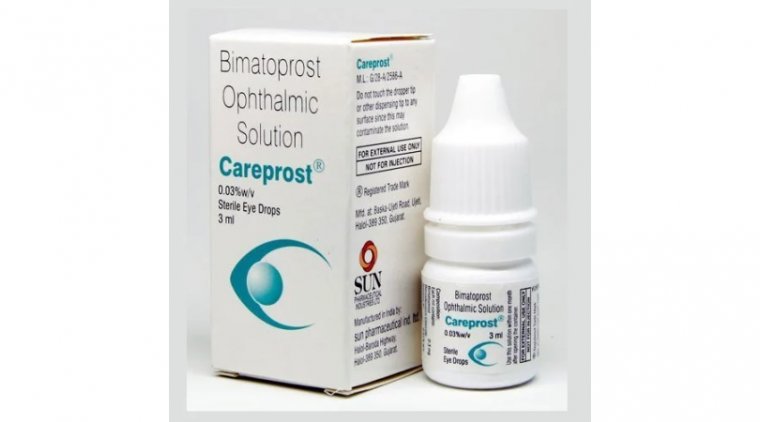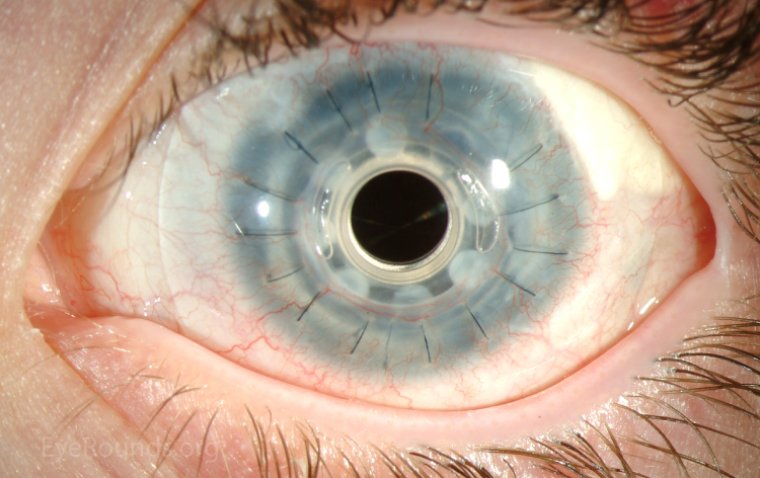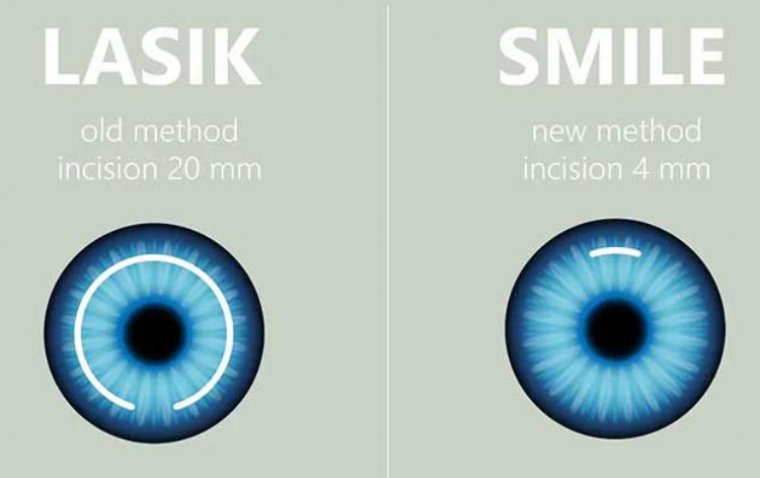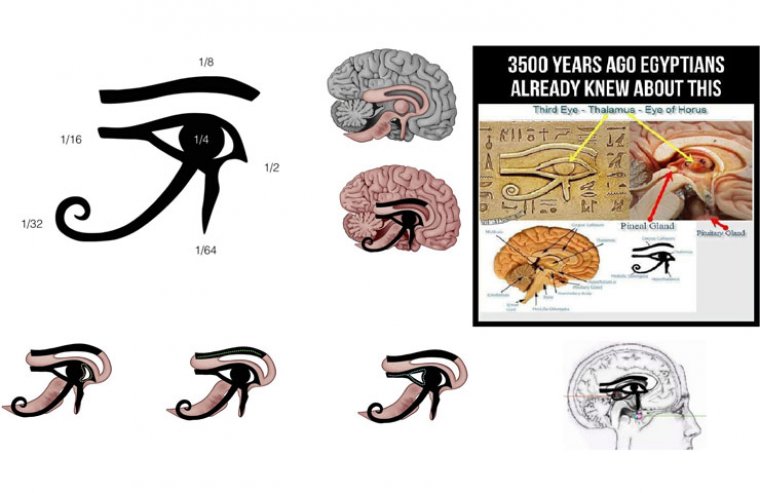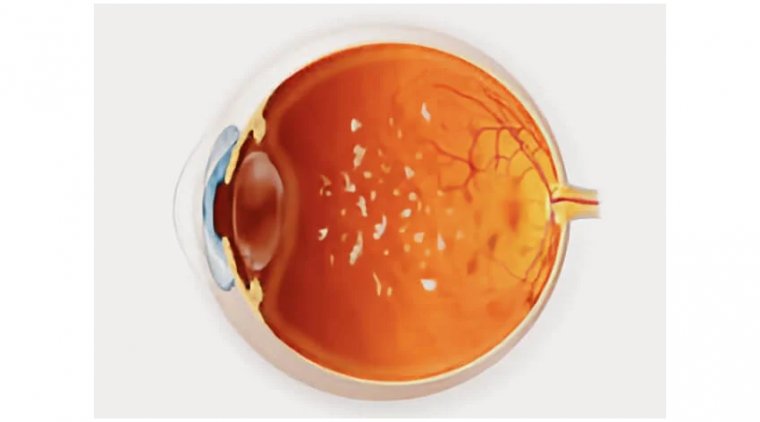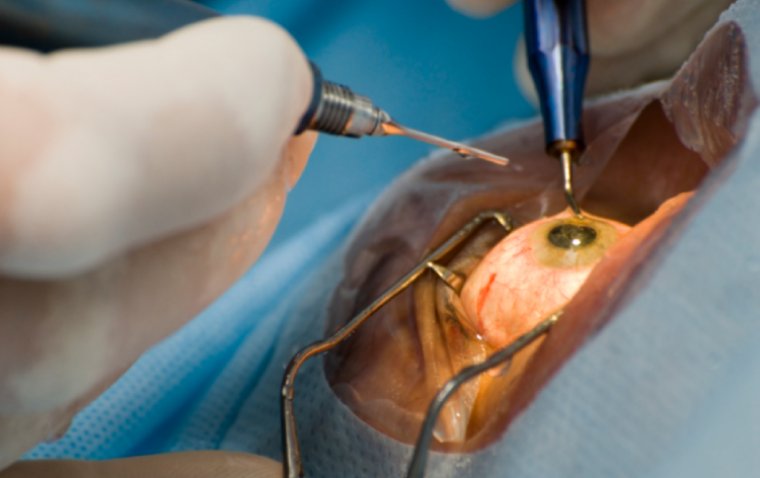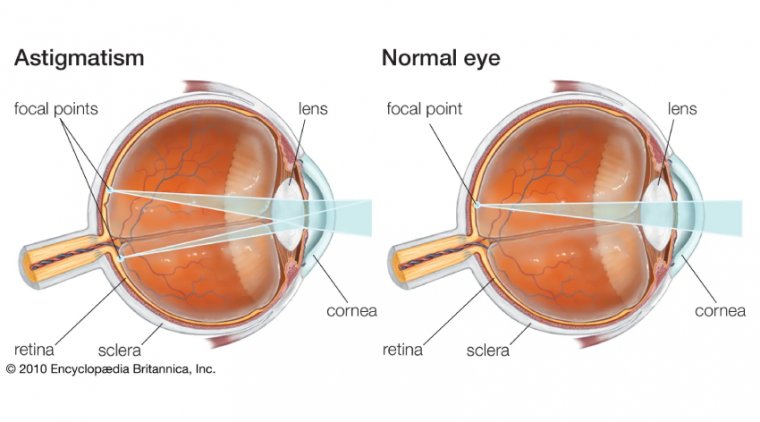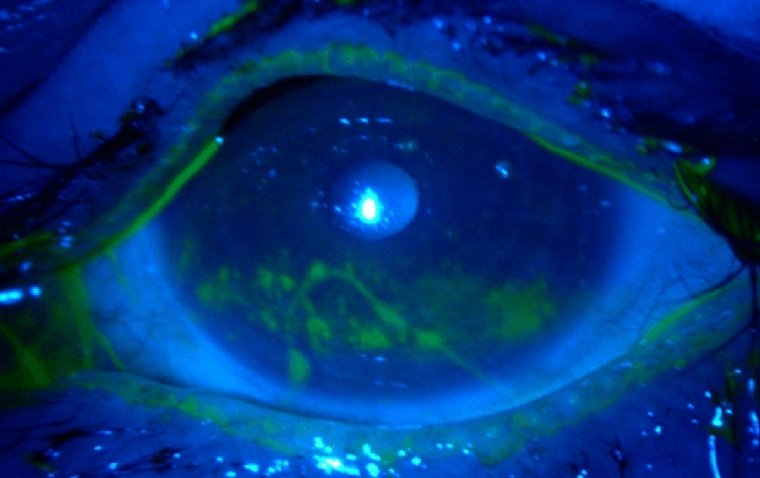
The Eye Pain You Can't Ignore: A Guide to Corneal Abrasions
As we focus our lenses on the future of eye care, we find ourselves blinking in astonishment at the rapid advancements. However, despite these developments, some ocular afflictions still retain their old sting. One such inconvenience that continues to cause a spectacle is corneal abrasions, a condition that can give any eagle-eyed individual a run for their money. This article aims to shed light on this common yet often overlooked eye condition, providing a comprehensive guide for diagnosis, treatment, and prevention.
What is a Corneal Abrasion?
A corneal abrasion is a scratch or scrape on the cornea, the clear, protective dome covering the front of your eye. Comprised primarily of cells and proteins with an impressive degree of transparency, the cornea is a marvel of nature's design. It plays a crucial role in our visual system by controlling and focusing the entry of light into the eye.
Think of the cornea as the eye's frontline soldier, guarding the more delicate internal structures from harm while also ensuring that light enters and is directed correctly. This light is then further focused by the lens onto the retina, creating the images that we perceive.
When this shield gets scratched or scraped, we refer to it as a corneal abrasion. In essence, it's akin to a skinned knee or a paper cut, but occurring on your eye's surface. However, because the cornea is densely populated with nerve endings, even a minor corneal abrasion can be exceptionally painful and debilitating, causing significant discomfort and interference with vision.
Furthermore, a damaged cornea is also at risk of bacterial or fungal contamination, leading to corneal ulcers, a more severe condition that can cause permanent vision impairment if not addressed promptly. This underscores the importance of timely intervention when dealing with corneal abrasions.
While corneal abrasions can often heal on their own within 48 to 72 hours, given the vulnerability of the eye during this period, appropriate medical supervision is crucial. Any delay in diagnosis or treatment can lead to complications, prolong the healing process, and even result in vision loss.
Thus, understanding the nature, causes, and treatment of corneal abrasions is paramount for both practitioners and patients, and a fundamental part of maintaining ocular health and preserving vision.
What Causes Corneal Abrasions?
Corneal abrasions can be caused by an array of factors, often related to environmental or lifestyle activities. Here's an extended list of common causes:
1. Foreign Bodies
This category includes a broad range of minute substances that can inadvertently enter the eye, leading to an abrasion. These can include dust, sand, wood shavings, metal particles, and even small insects. Moreover, improper use of contact lenses - such as wearing them for too long, not cleaning them properly, or inserting and removing them without due care - can also cause abrasions.
2. Trauma
Physical injury to the eye is a common cause of corneal abrasions. This could be from a fingernail during eye rubbing, a paper cut while handling documents, or even an accidental poke to the eye. Sports-related injuries, particularly in games involving small, high-speed balls (like squash) or physical contact (like martial arts), are also noteworthy causes.
3. Chemical Burns
Exposure to harsh or caustic substances can cause abrasions or burns on the cornea. This includes chemicals commonly found in cleaning products, industrial substances, or even some types of makeup. Always ensure to use protective eyewear when dealing with such substances.
4. Improper Use of Eye Makeup or Contact Lenses
Mascara wands and other cosmetic tools can accidentally scrape the cornea. As previously mentioned, misuse of contact lenses can also contribute to corneal abrasions.
5. Dry Eyes
Severe dry eye syndrome can lead to corneal abrasions. When the eye's surface is inadequately lubricated, friction increases, leading to potential scratches on the cornea.
6. Photokeratitis
Overexposure to ultraviolet light, such as from a welder's arc, a tanning bed, or prolonged exposure to sunlight on water or snow, can cause a type of corneal burn called photokeratitis, which is similar to a sunburn on the cornea.
7. Inadequate Eye Protection
Failing to wear appropriate eye protection during work or certain activities can lead to corneal abrasions. This is particularly common in industrial environments, construction sites, or during certain sporting activities.
Symptoms of Corneal Abrasions
The following symptoms may indicate a corneal abrasion:
› A gritty feeling in the eye
› Pain and redness
› Sensitivity to light
› Blurred or decreased vision
› Tearing or discharge
Treatment of Corneal Abrasions
Identifying and treating a corneal abrasion involves several steps:
Diagnostic Tests and Procedures
› Slit-lamp examination: This involves the use of a low-power microscope combined with a high-intensity light source that can be focused as a slit.
› Fluorescein stain: A dye that illuminates any damage to the cornea under a special light.
First-aid Measures and Initial Treatment
› If a foreign body is the cause, gently rinse the eye with saline solution or clean water.
› Avoid rubbing the eye, which can worsen the injury.
Medications and Surgical Interventions
› Topical antibiotics are typically prescribed to prevent infection.
› Lubricating eye drops or ointments can help ease discomfort.
› In severe cases, a bandage contact lens protects the eye as it heals.
Prevention and Management of Corneal Abrasions
Prevention and management of corneal abrasions include the following:
› Regularly washing your hands to reduce the risk of introducing foreign bodies into your eyes.
› Wearing protective eye gear when participating in high-risk activities.
› Proper handling and care of contact lenses.
Conclusion
From the simple irritation of a foreign body to the more severe pain of a deep scrape, corneal abrasions are a common eye condition that we, as ophthalmologists, must deal with regularly. Though they may seem as troublesome as finding a speck of dust in our phoropter, with the right knowledge and tools at our disposal, we can help our patients see past these abrasions. So, keep your eyes peeled for these signs and remember, prevention is always better than cure, especially when it comes to the windows to our souls.
Dr. Muhammad Saad
Resident Ophthalmologist
Al-Shifa Trust Eye Hospital
(1).jpg)
